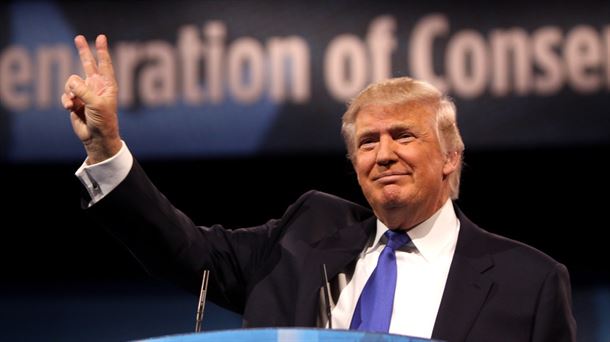The death of a young woman at the hands of the moral police unleashes anger that spills from Iranian Kurdistan to the streets of Tehran
Iran experienced the third day of nationwide protests against the death of Masha Amini, known as Zhina, at the hands of the moral police. Iranian Kurdistan, the area where Amini came from, was the epicenter of mobilizations in which at least two protesters were killed by police gunfire, according to several Kurdish media outlets, and they were accompanied by a day of general strike. The anger spread to the streets and universities of Tehran, where marches and sit-ins took place, to which the security forces responded with riot gear.
There has long been a huge gap between the regime and a significant part of the population, especially the youngest. Many no longer believe the words of the police who speak of “an unfortunate accident” to declare the death of this 22-year-old woman who was arrested in Tehran last week for not wearing her hijab properly. Tehran Police Commander Hossein Rahimi complained that “cowardly accusations have been made against us”. Amini’s family upheld their charges against the moral police and her father told the Rudaw station that his daughter’s body showed “signs of abuse and torture”.
“Justice, freedom and no to the mandatory hijab” was the most chanted slogan during the capital’s mobilizations, with photos and videos pouring in through social networks throughout the day. It was very difficult to obtain information from Kurdistan because the authorities have shut down the internet service, as they usually do in security problems.
Comparisons between the current moment in the Islamic republic and that experienced after the 2009 elections during the so-called “green revolution” did not take long to appear on the networks, mainly because of the size of the marches that could be seen in the capital. . However, the journalist and writer Behrouz Boochani thinks that “these are different times because reforms were called for in 2009. Now people are taking to the streets demanding a total change of the system.” Boochani further emphasizes that thirteen years ago “the protest was aimed at Tehran, while now the Kurdish movement and the feminist movement are the two main parties.”
The protests in the streets have been accompanied by a major mobilization on social networks in which Iranian women share videos of them taking off their headscarves and cutting their hair to show their displeasure at the obligation to cover themselves in the street. The headscarf has been mandatory in Iran since the Islamic republic’s victory in 1979, and last month President Ebrahim Raisi ordered the Morals Police to tighten controls to ensure that women respect the correct dress code.
Source: La Verdad
I am an experienced and passionate journalist with a strong track record in news website reporting. I specialize in technology coverage, breaking stories on the latest developments and trends from around the world. Working for Today Times Live has given me the opportunity to write thought-provoking pieces that have caught the attention of many readers.



